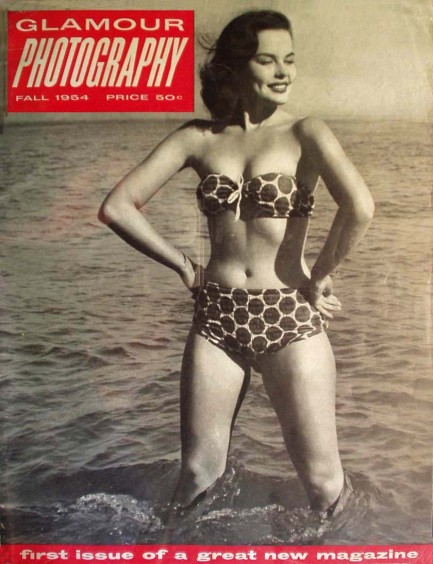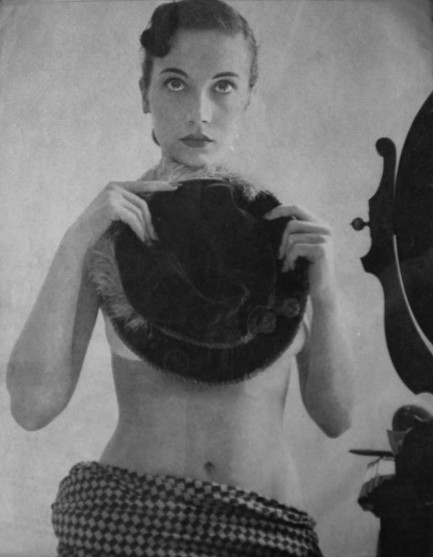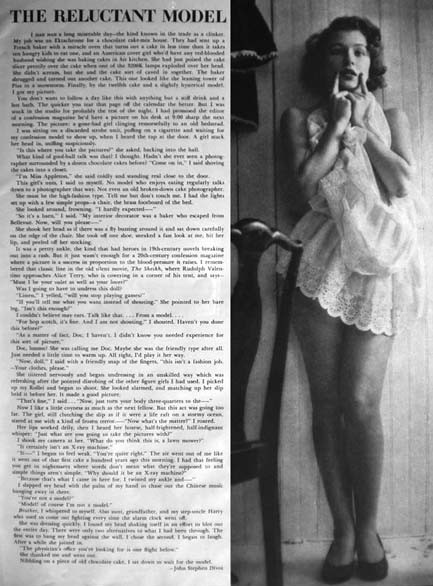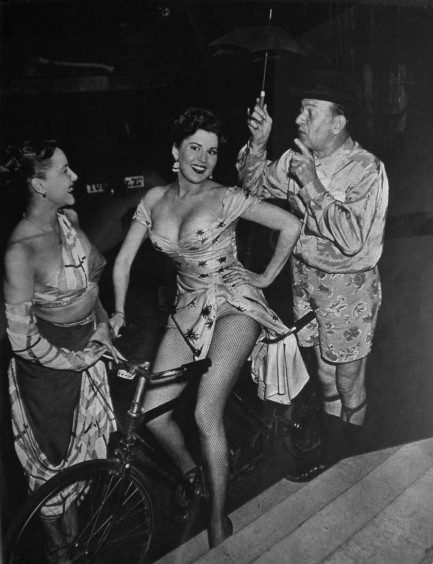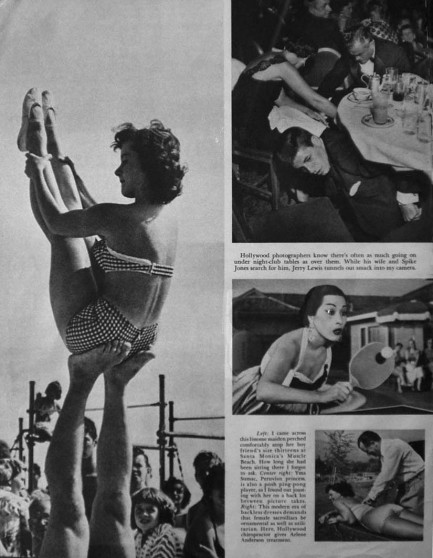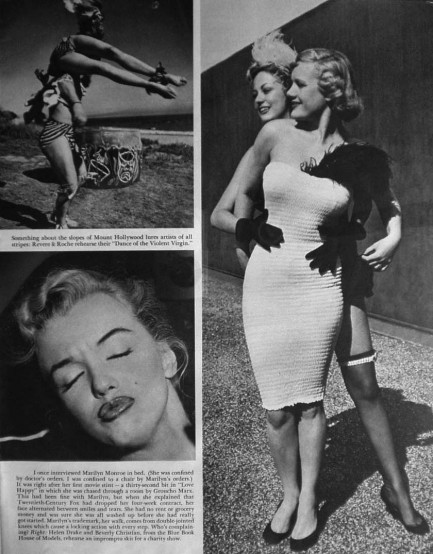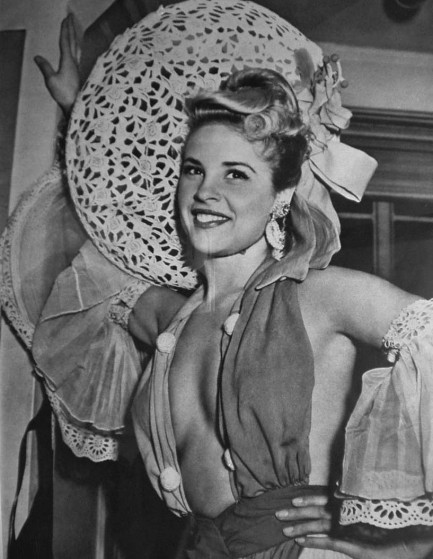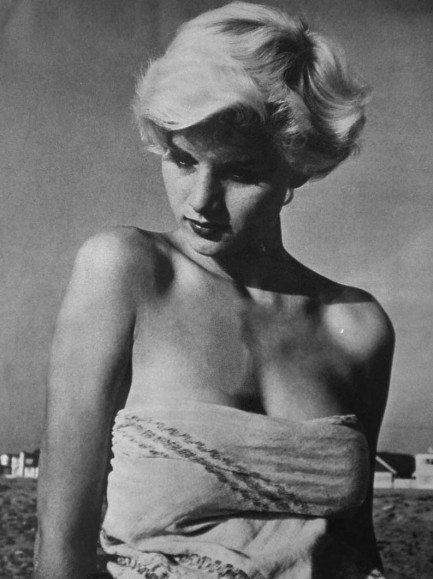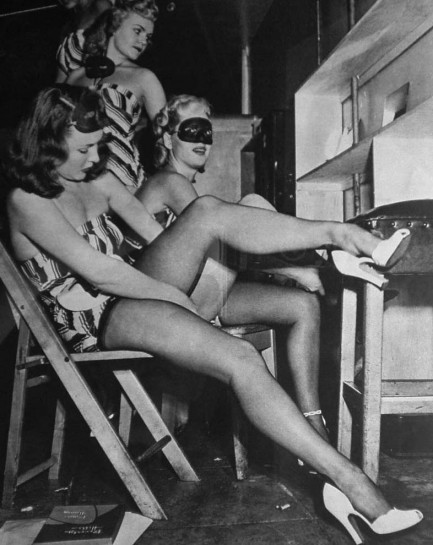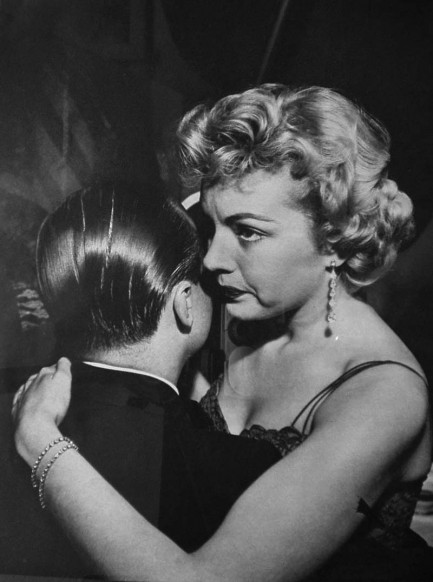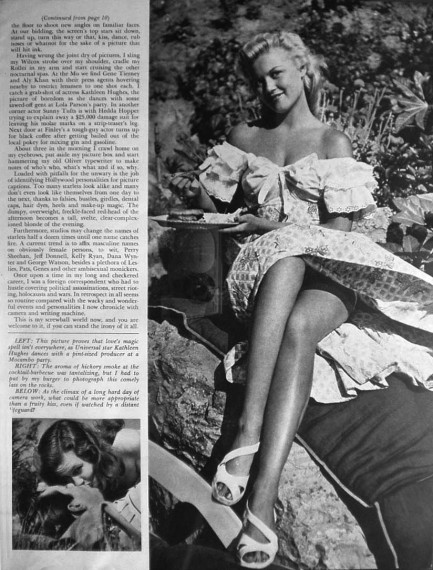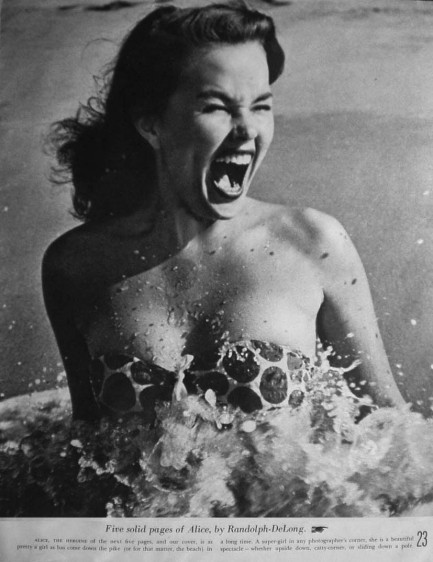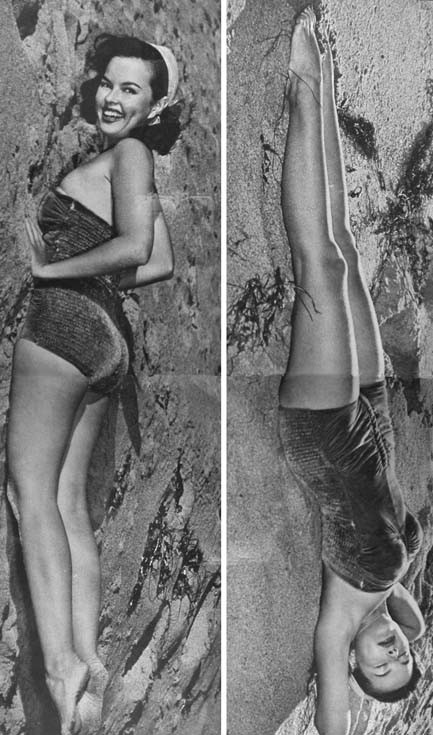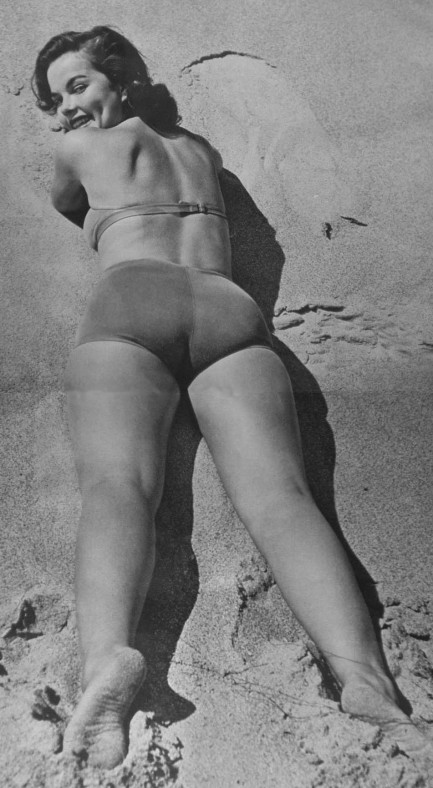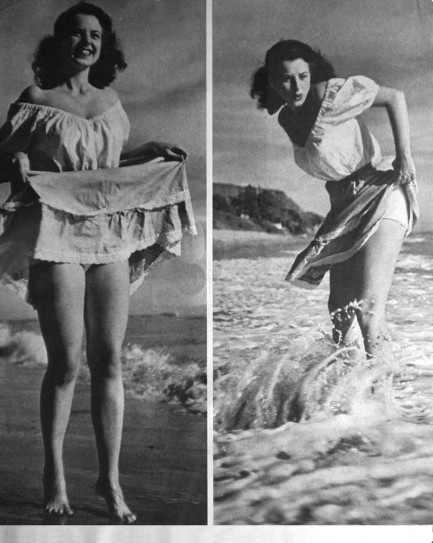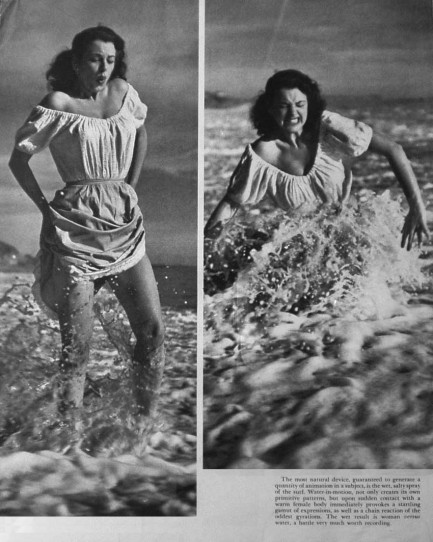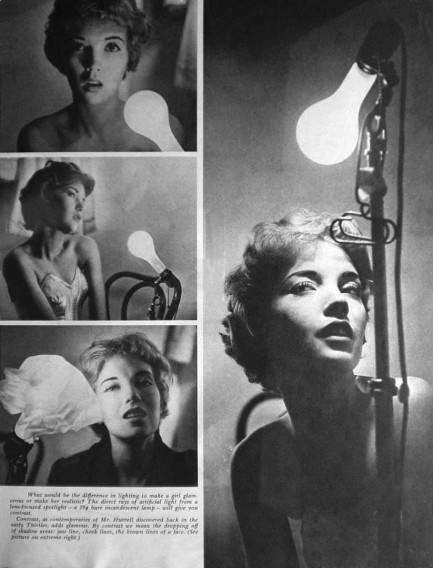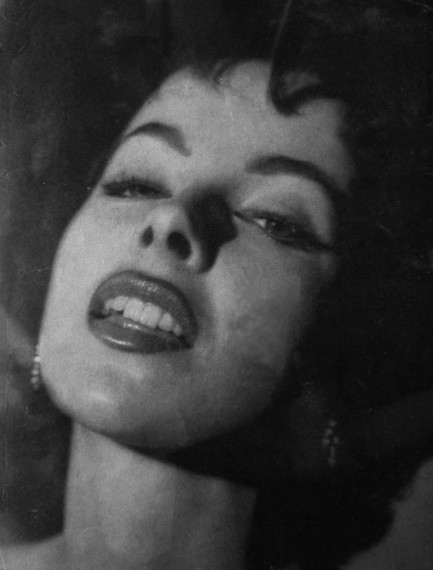 Obscure men's magazine roars but has no bite 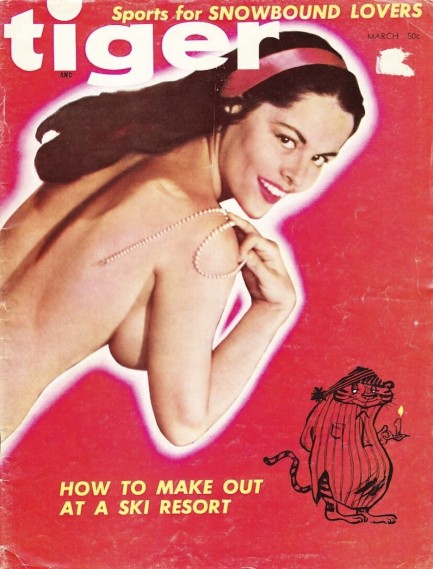
Tiger was a Chicago based men's magazine launched in 1956 by George Fox, Jr. that had as its premise the dubious idea that great men are tigers. It had features on “tigers of the past,” and “modern tigers,” and we suppose this was Fox's attempt at clever branding. Sounds a bit forced, right? It didn't seem to work for the public, because though Wikipedia claims that the publication lasted into the mid-sixties, we found no evidence anywhere that it lived past 1957. But we'll keep an eye out and see if we're wrong about that.
In the meantime, above you see the front of an issue that hit newsstands this month in 1957, and the cover star is famed nudist and model Diane Webber, aka Marguerite Empey, who we've seen a whole lot of around here. She's also featured in four pages at the back of the issue, and along with her are photos of Zahra Norbo, Gunnar Gustafson, obscure actress Melinda Markey, an unknown model lensed by Russ Meyer, and shots of Nona Van Tosh by Earl Leaf.
In the writing department, Fox swapped out his editor/publisher hat for a journalist's fedora and contributed a profile on George S. Patton, one of those so-called tigers of the past. If Tiger was anything like the magazine we once ran, Fox probably wrote the story in a panic to fill space after one of his writers torched a deadline. His writing is fine, but overall the magazine doesn't have any spark, literarily, artistically, or pictorially. We hate to say it, but it's a pretty tame tiger. But it's worth a look just because of Webber's presence. You'll find thirty-some scans below.
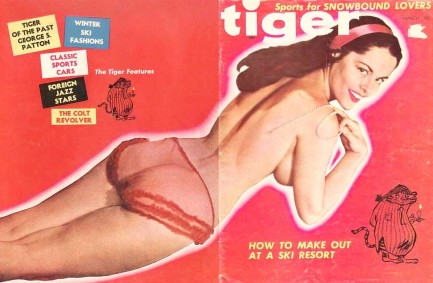 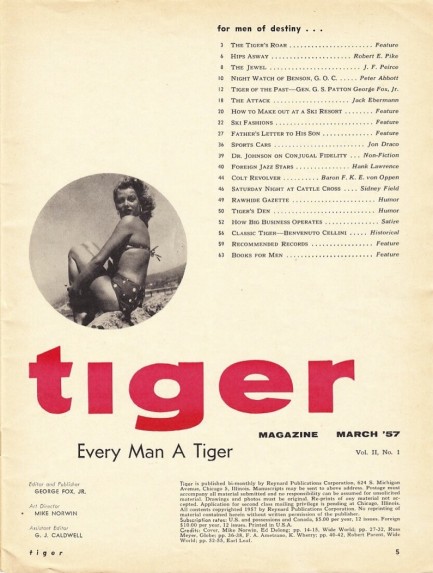 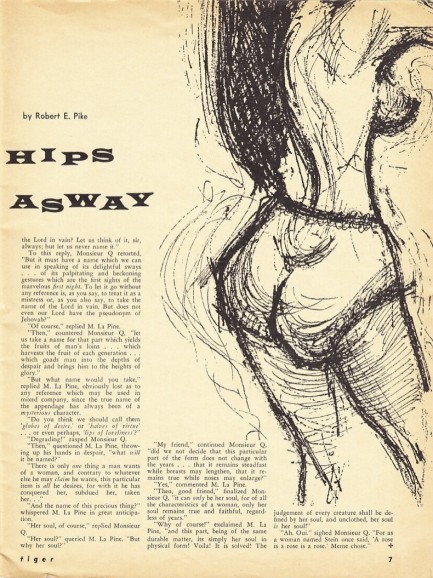 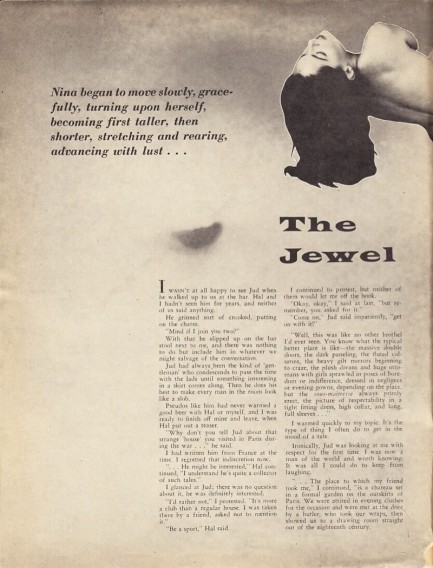 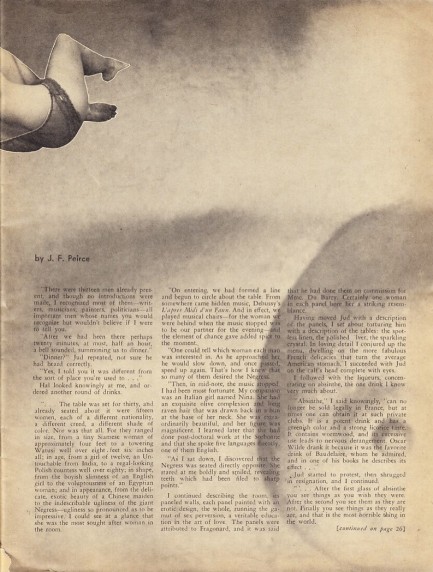 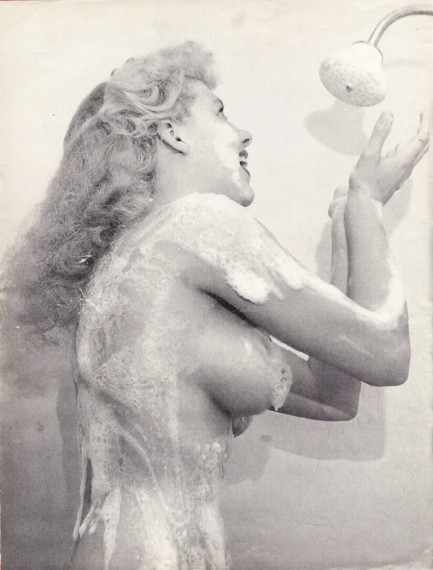 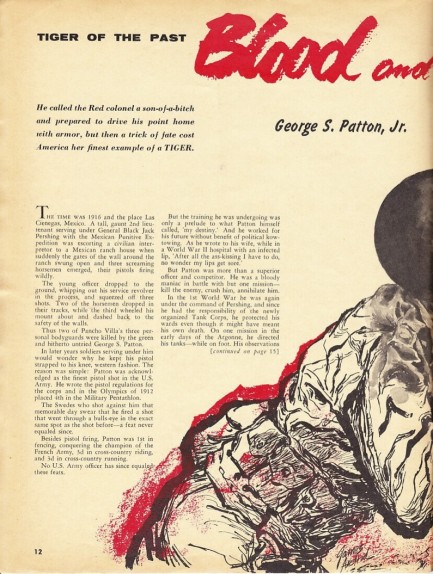 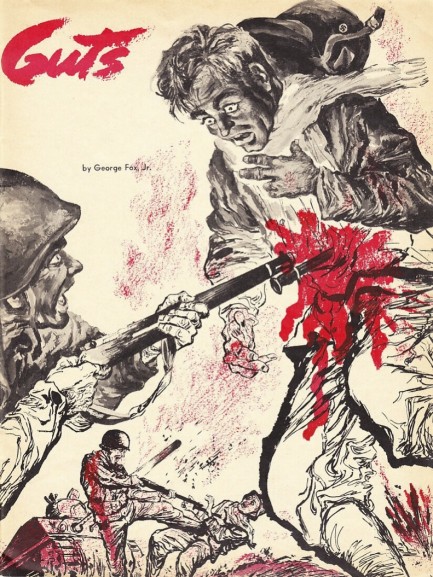 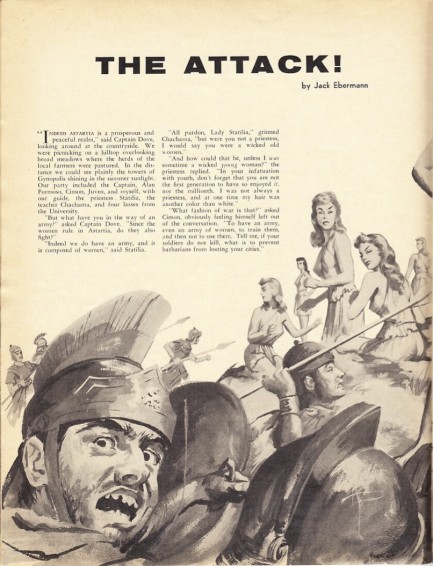 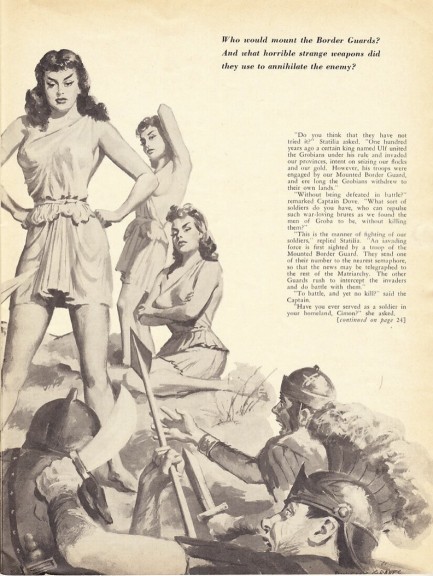 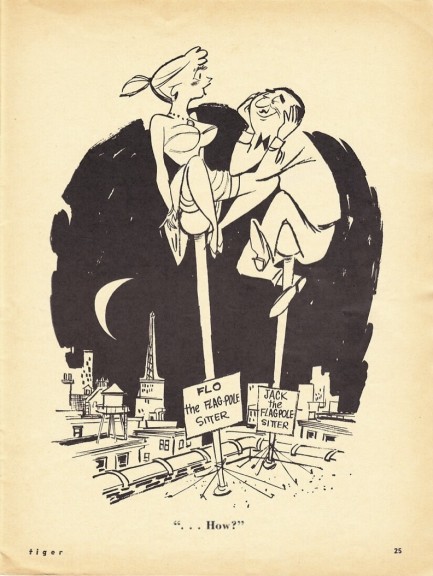 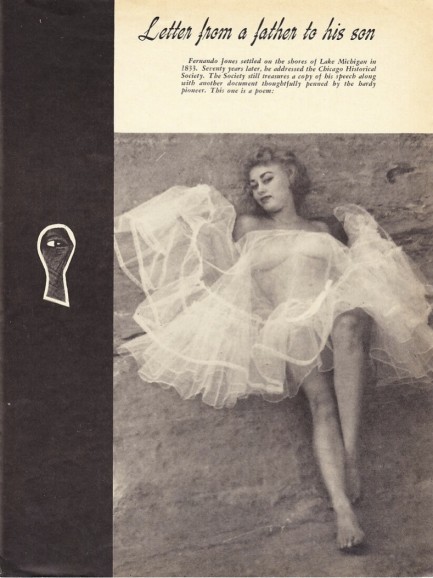 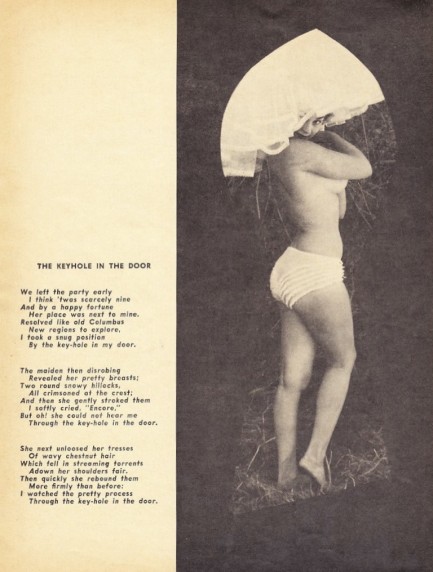 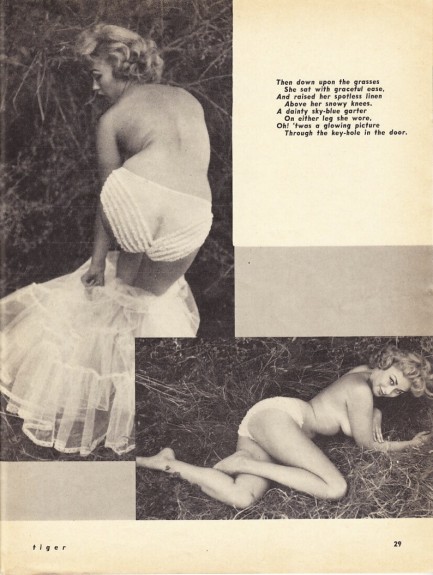 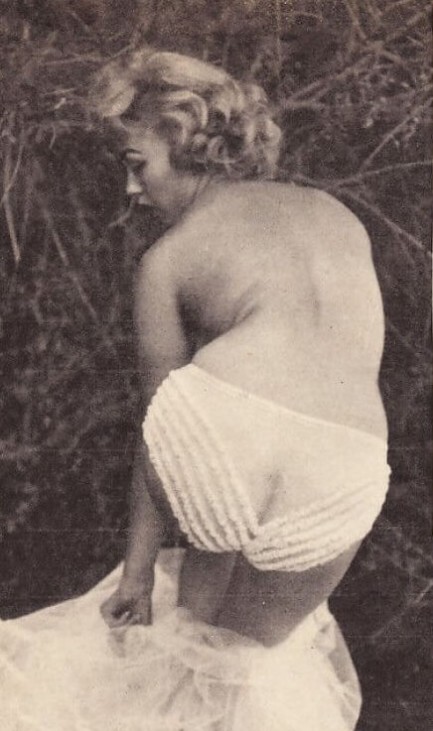 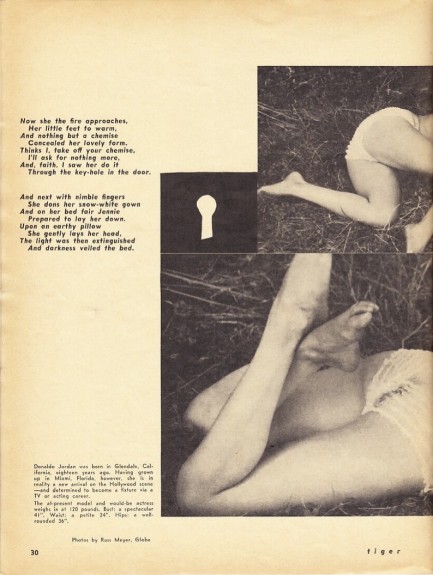 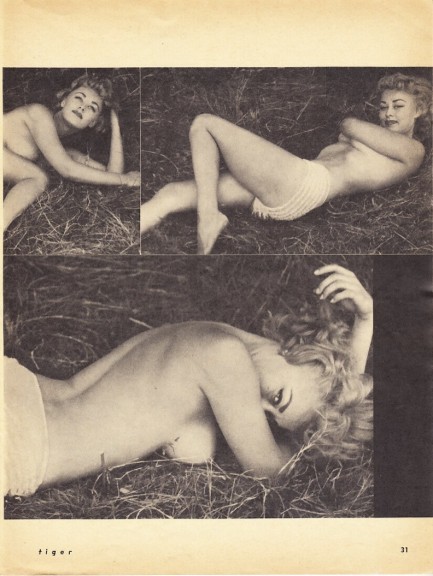 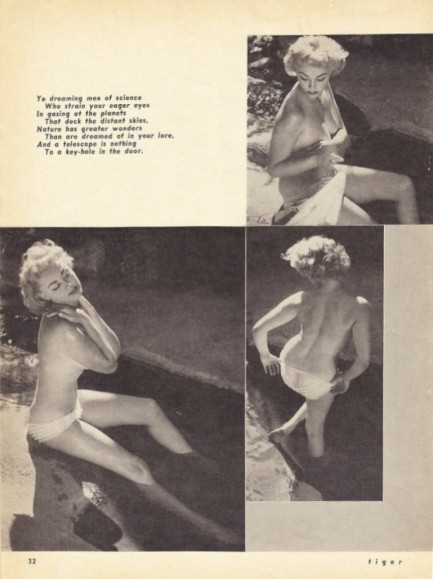 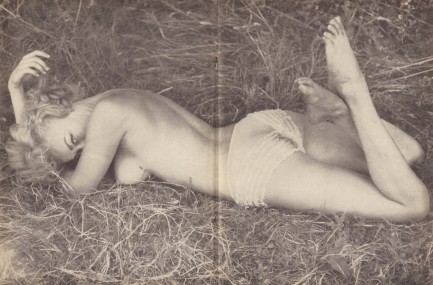  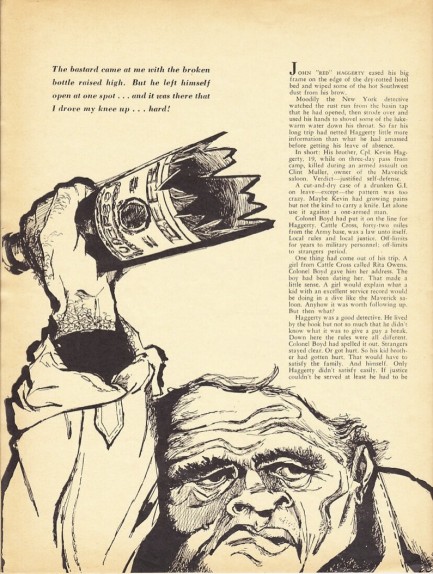 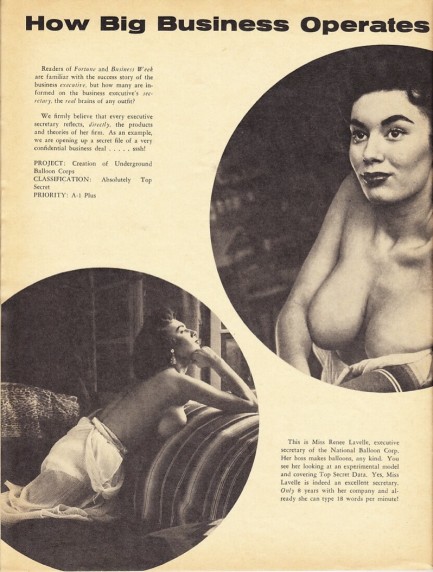 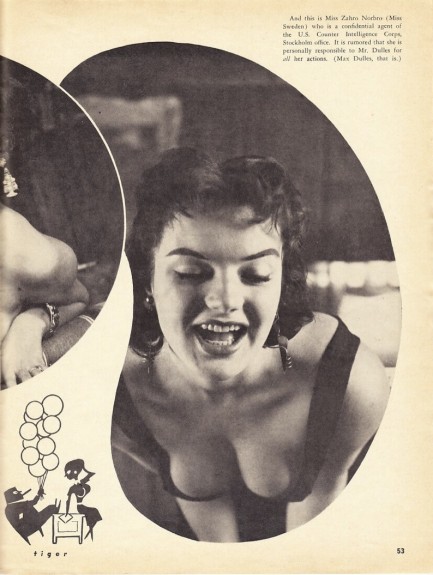 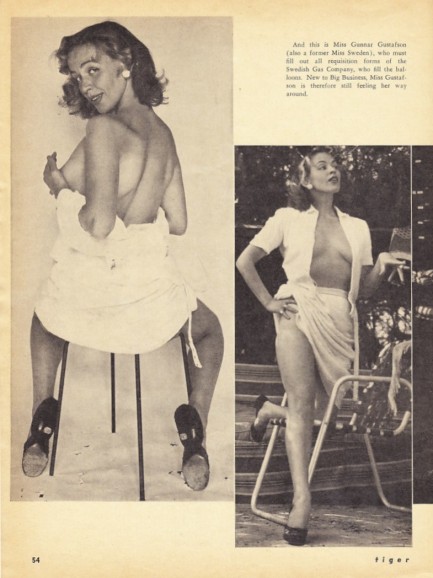  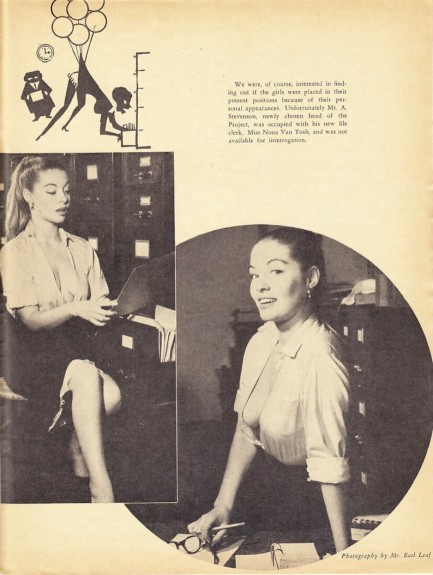 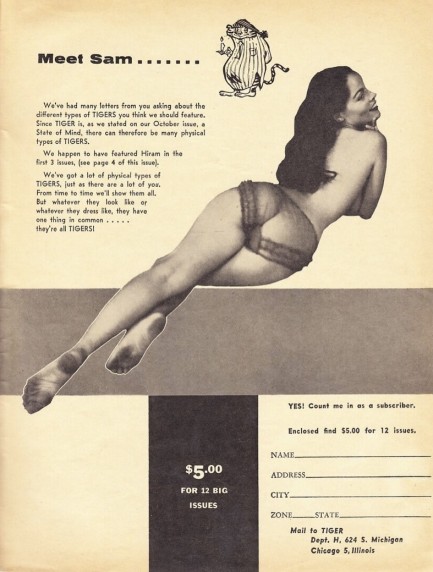 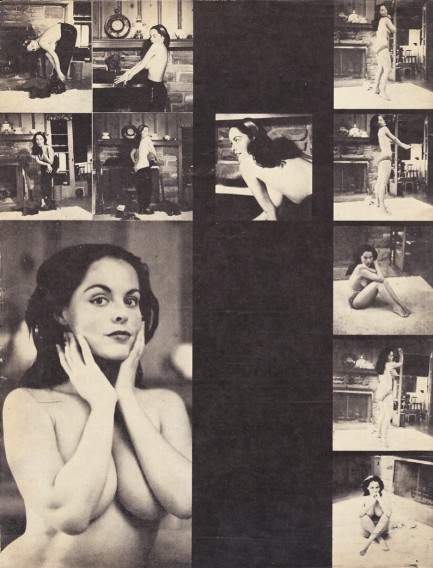  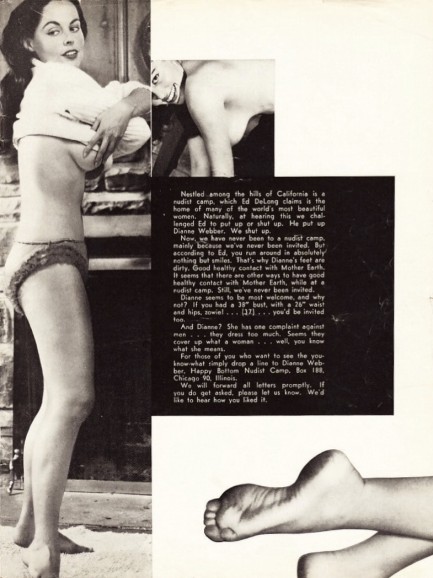 
 Everyone knows it's impolite to stare. Well, almost everyone. 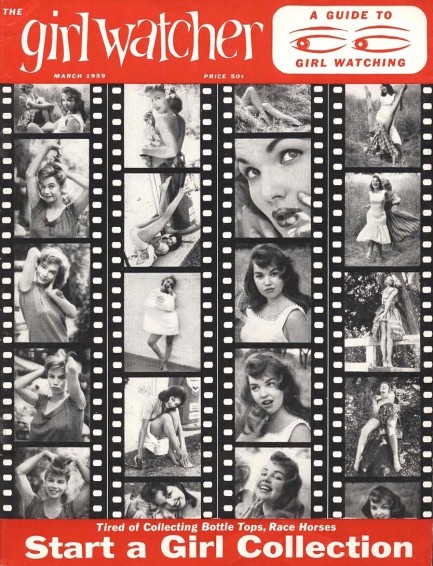
When you look out your window there may be nobody on the street, but The Girl Watcher has come to the rescue with some time killing imagery to brighten your lockdown. Only two issues of this magazine were ever published, as far as we know, with this one coming this month in 1959. Inside you get plenty of photos by lensman Earl Leaf, including rare shots of Mamie Van Doren, Susan Harrison, June Wilkinson, Danish model Elsa Sorenson (aka Dane Arden), and some unidentifieds. While meant to be humorous, this magazine is textbook mid-century sexism, something scholars could use to fuel semesters of women's studies classes. It speaks of women as prey to be stalked, ambushed, and captured, and while it's not meant to be taken anything close to literal, it still carries a powerful suggestion that male desire trumps female self-determination.
In general this attitude has changed for the better since then, with the result that the American mating game has greatly improved. While in general men still look at women almost anywhere, most understand there are unaccepable and acceptable times and places to do so—bars and parties being good examples of the latter. Men look, and always will. Women look too, and always have, more subtly. And increasingly, both look at digital apps—which is not nearly as much fun as in the flesh, but it certainly confers women more power and safety, even if it's inherently restricting in terms of choice. The Pulp Intl. girlfriends would never have chosen us if we'd had to entice them with online profiles designed to sell us as perfect matches, but when randomly thrust into the same social gathering, the concept of perfect did not apply—it was game over folks! Um, forty-plus scans below.
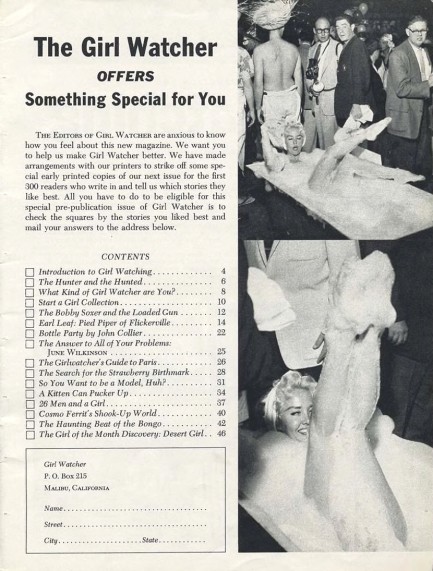 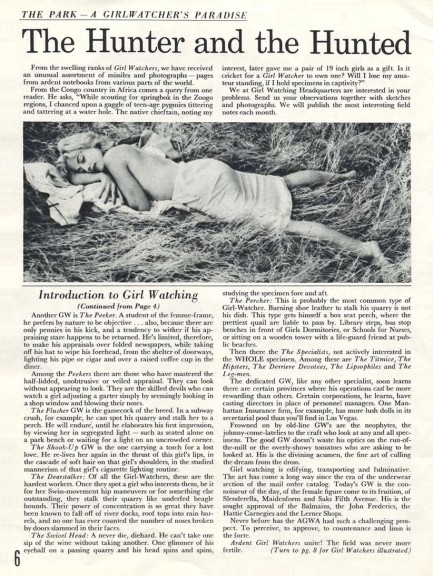 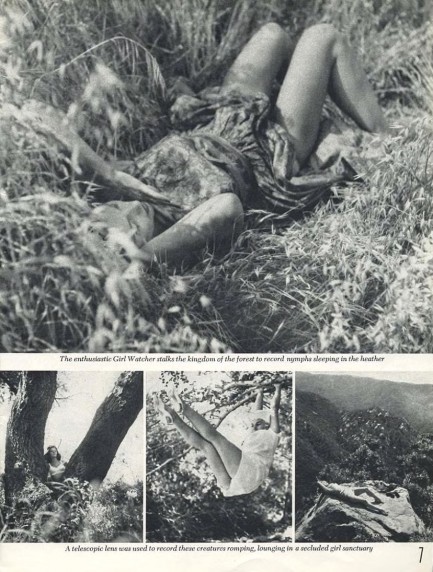 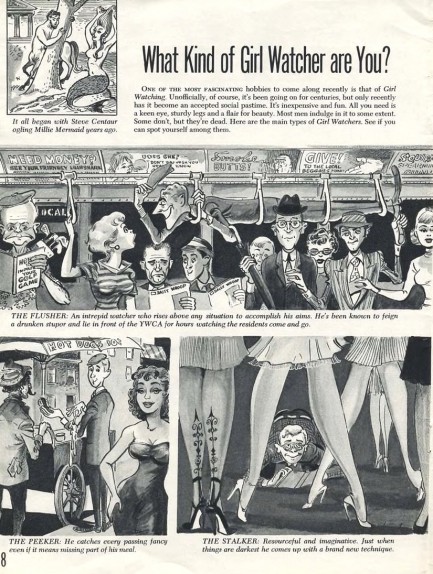  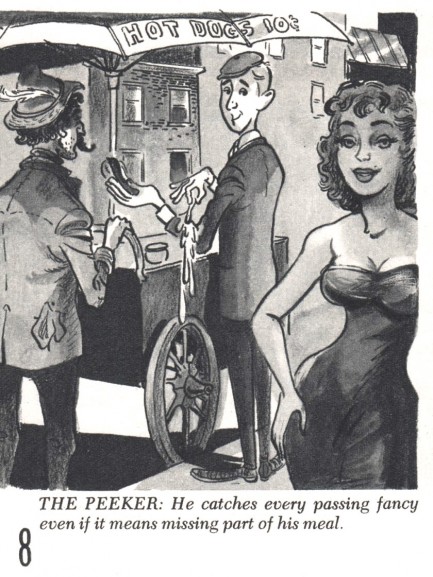 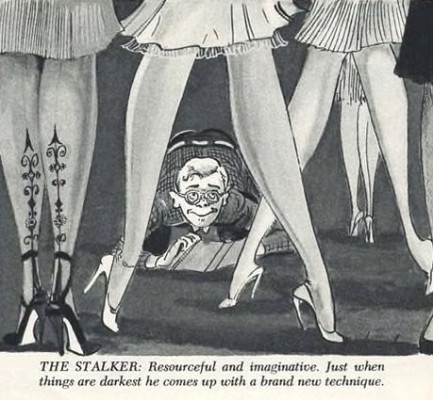 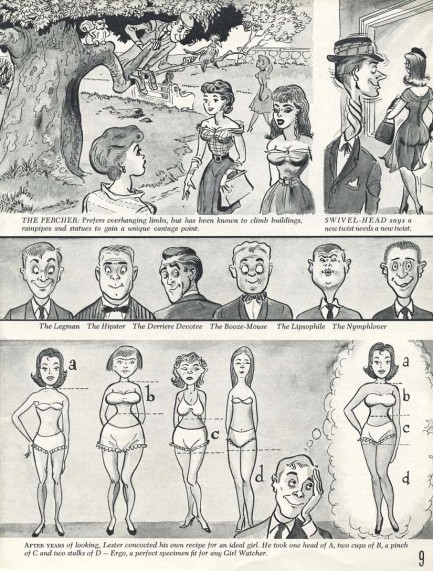 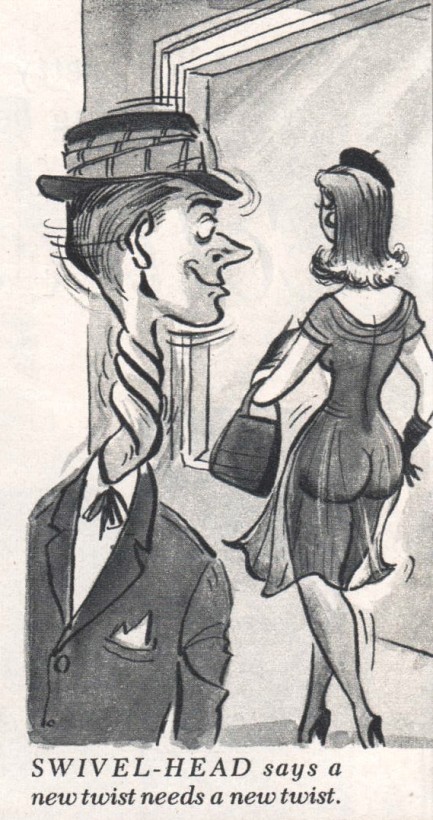 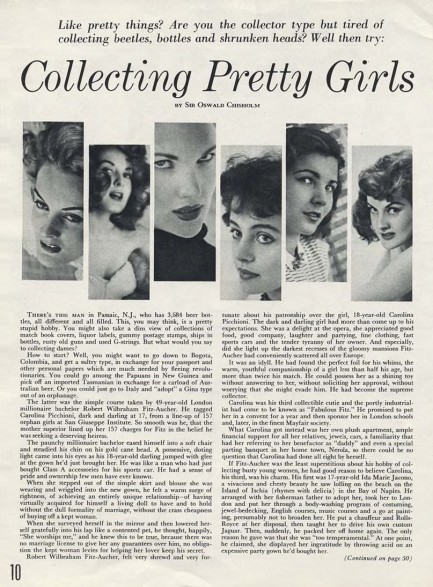 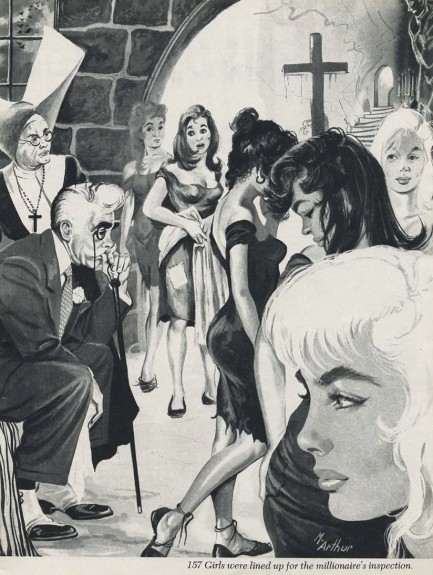 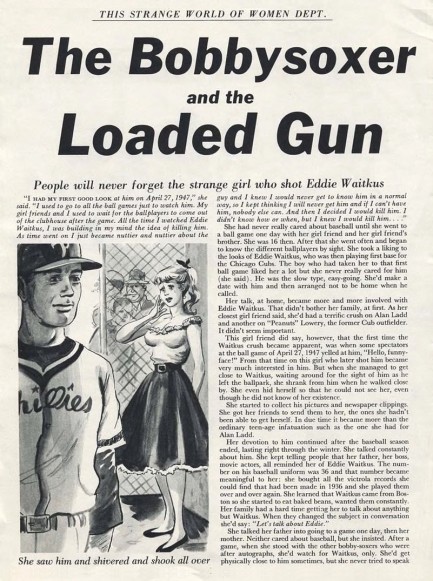 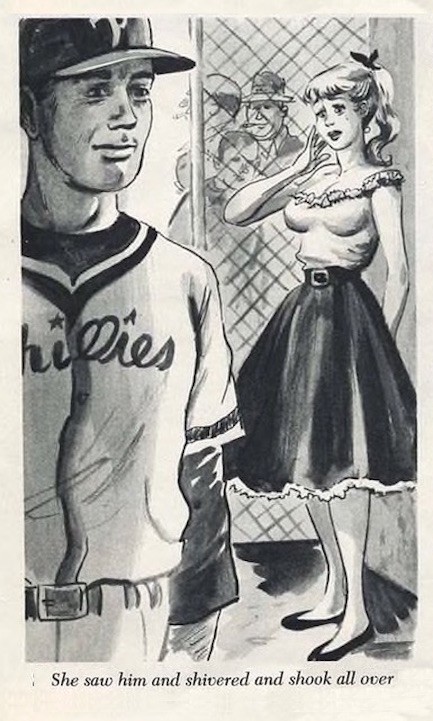 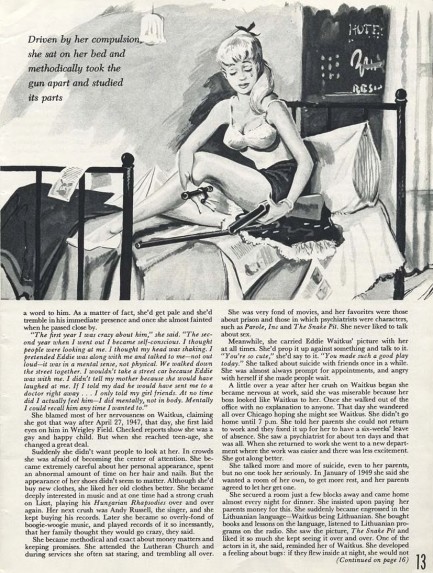 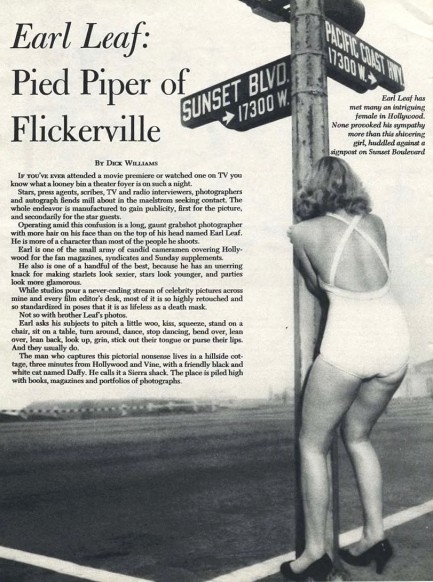  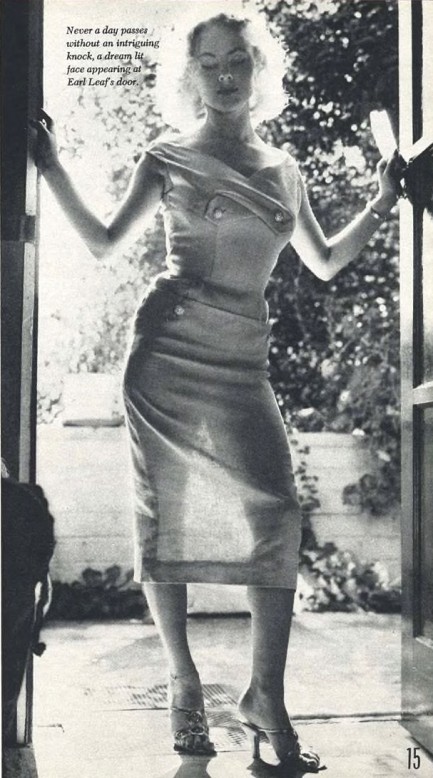 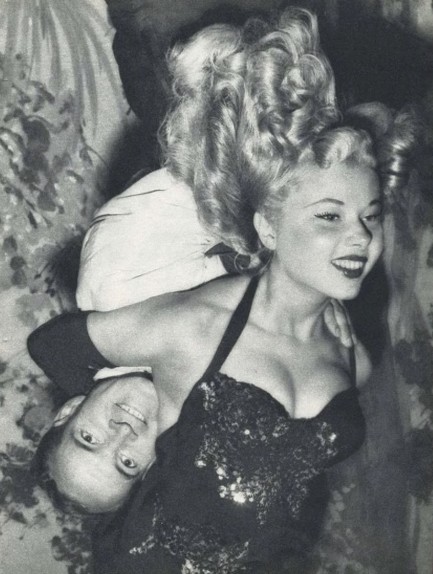  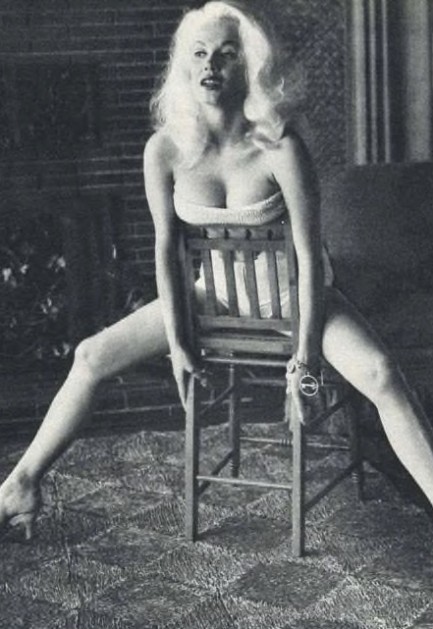 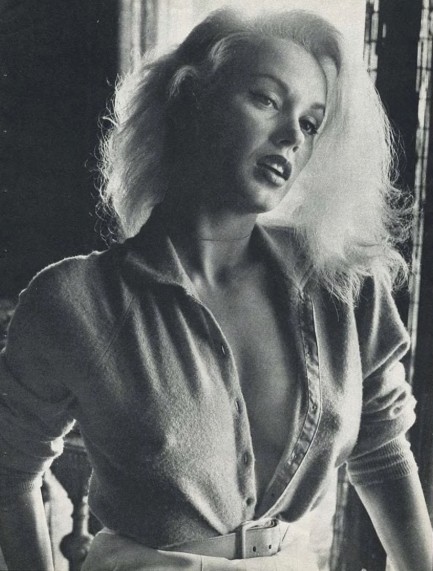 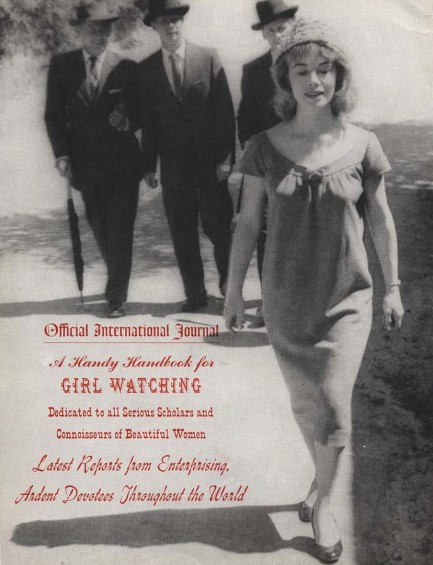 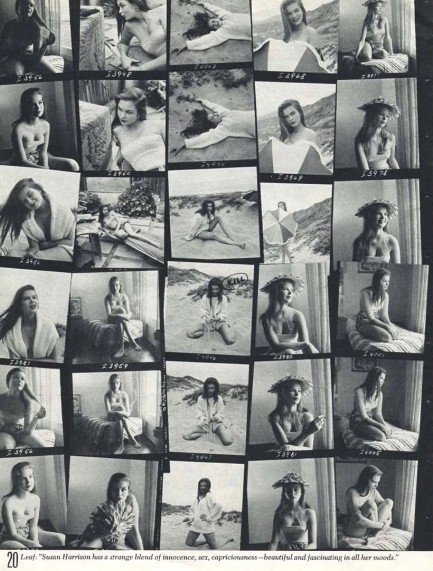 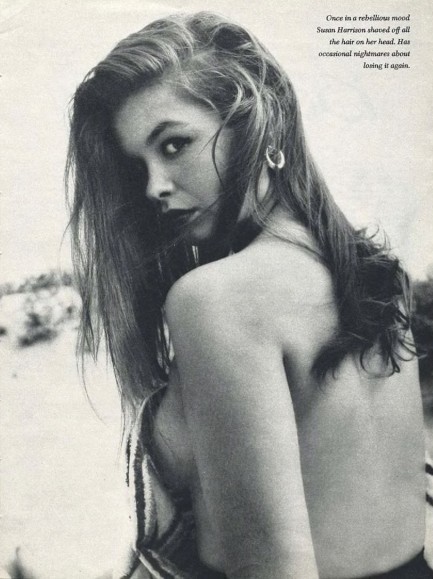 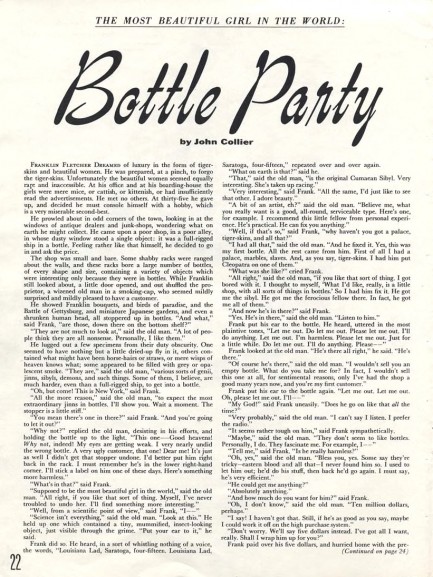 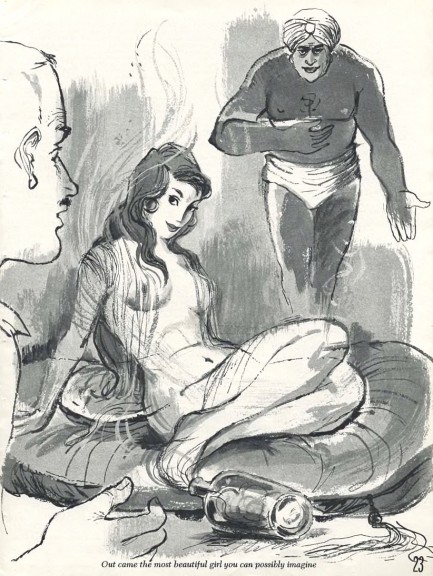 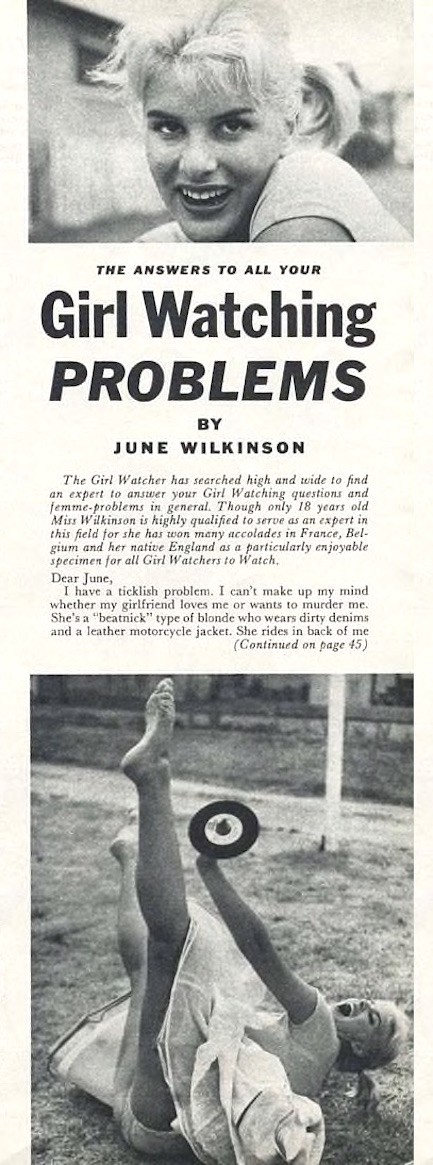 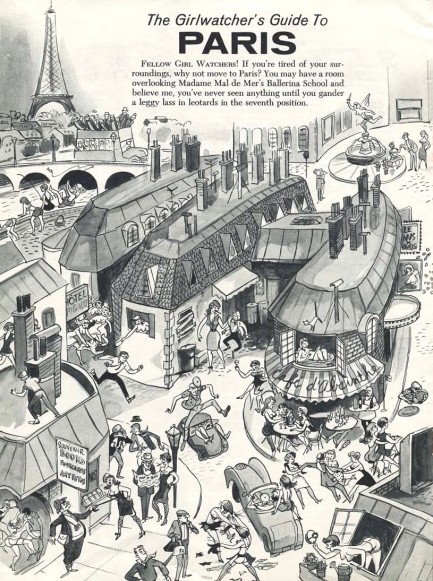 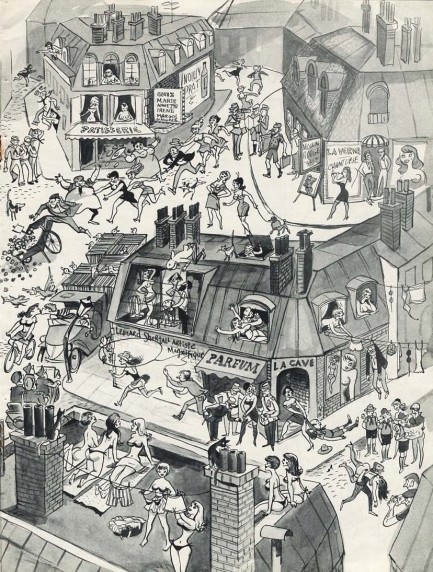 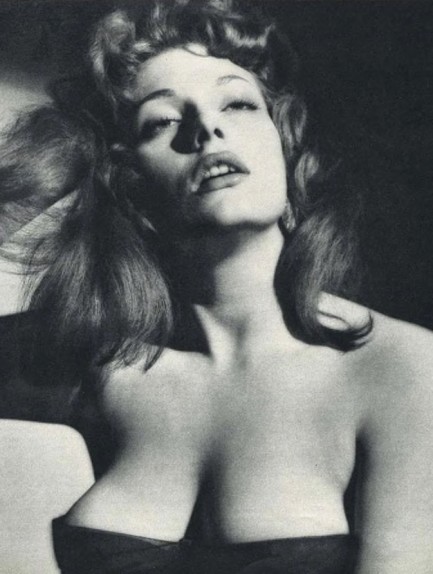  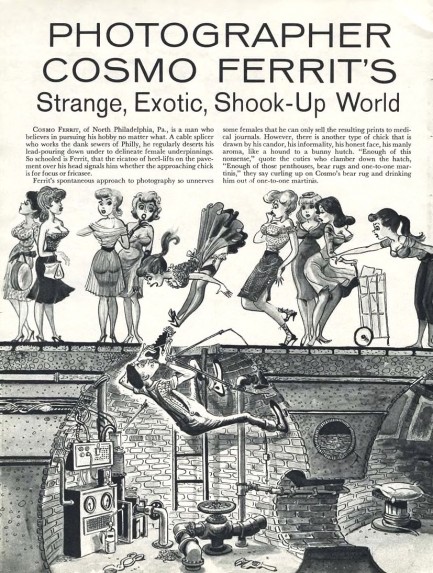 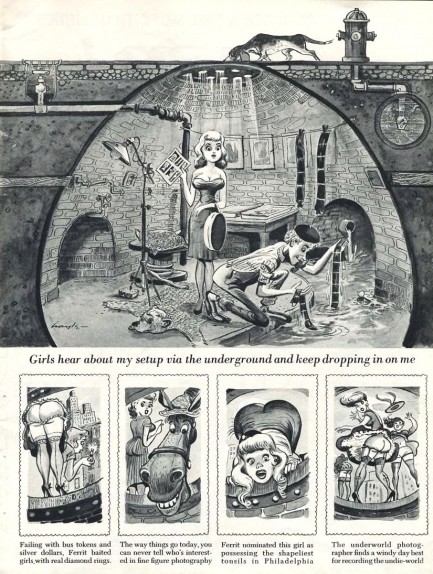 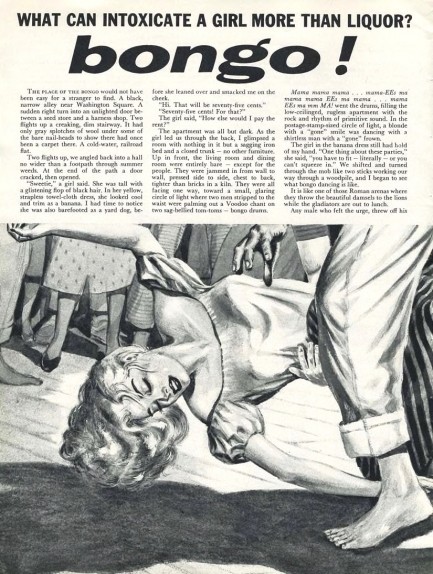 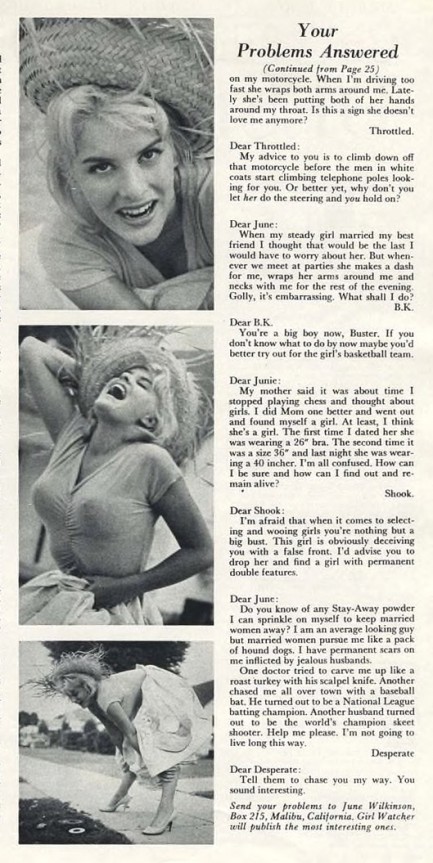 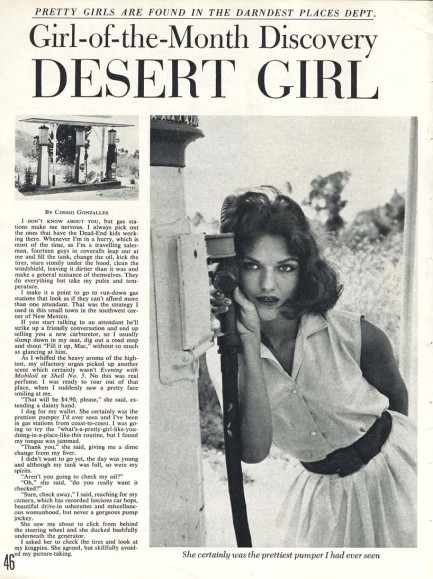 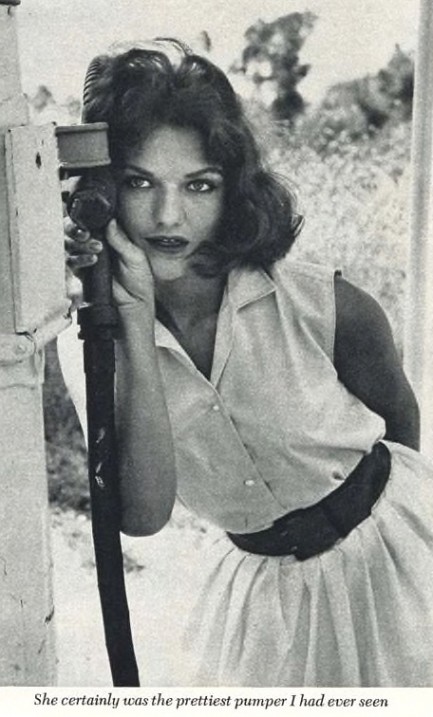 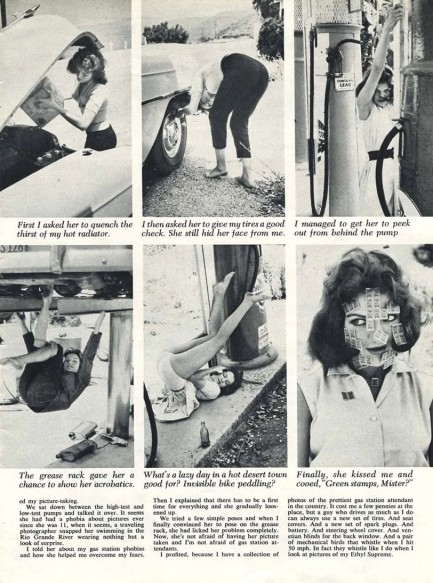  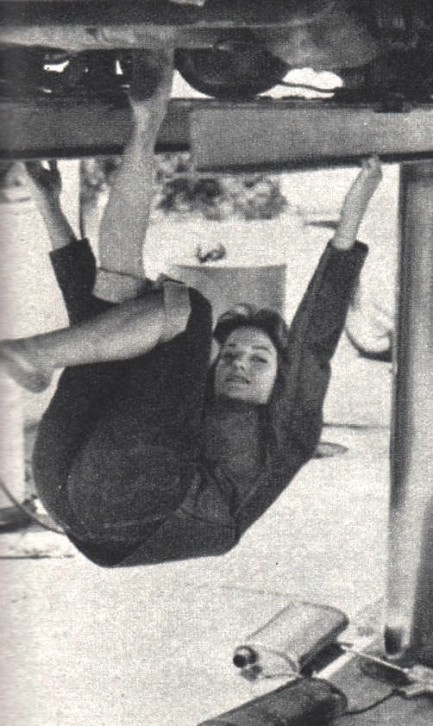 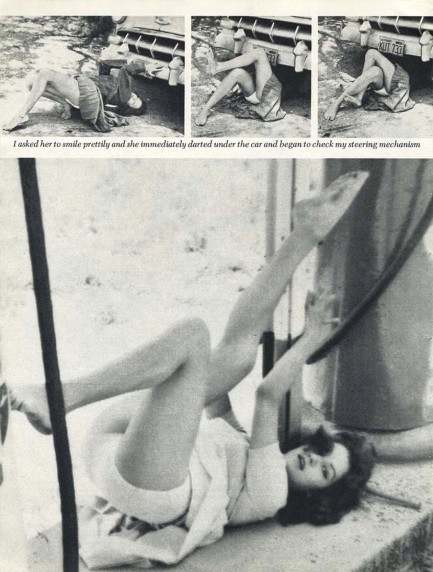 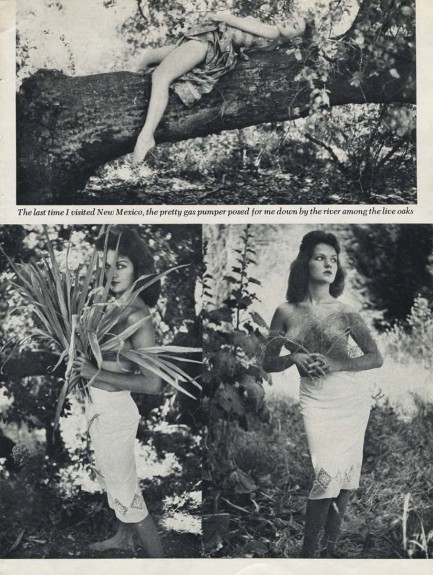 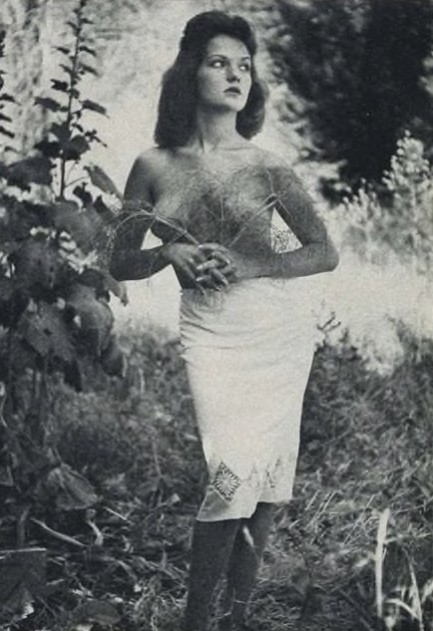  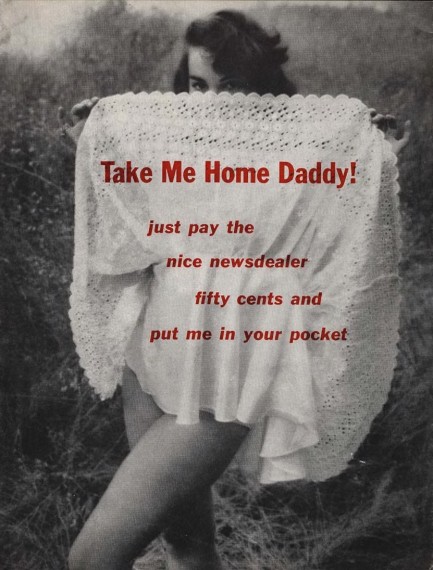 
 First time we’ve seen it, but hopefully not the last. 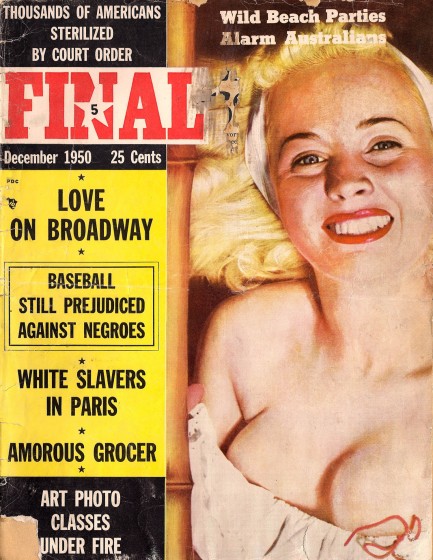
Above is the cover of an issue of Final, a publication we had never heard of before, but which is certainly big budget and hit the streets this month in 1950 courtesy of Gambit Publishing out of New York City. The cover star is model Joy Niven, who we also had never heard of, but who was photographed by famed Marilyn Monroe lensman Earl Leaf. This Final has taken a bit of wear over the last six decades, but kudos to the Denver Book Fair for acquiring it, sealing it so its deterioration stopped, and selling it to us cheap. Now we’ve carried it across an ocean, opened it, and exposed it to the elements, but all in an effort to scan it for posterity. For as we discussed before, if it isn’t digital and accessible to the masses, does it really exist at all? Final is basically a tabloid, with a bit of crime, a bit of politics, a bit of sports, and a lot of celebrity dish. There are quite a few interesting items inside. In the Picture of the Month you see Canadian actor Rod Cameron with Portuguese model Angela Alves-Lico. They had just met earlier on the beach and, according to Final, she was driving home, and Cameron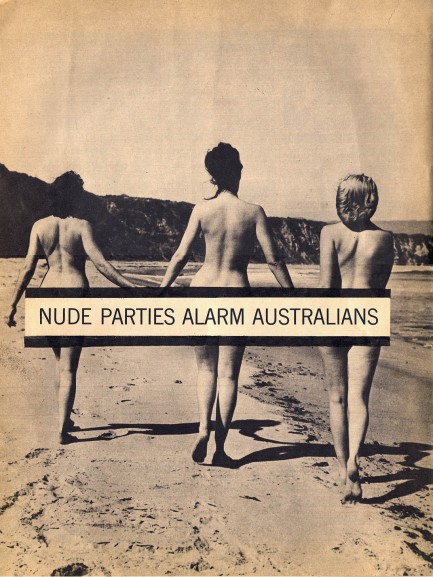 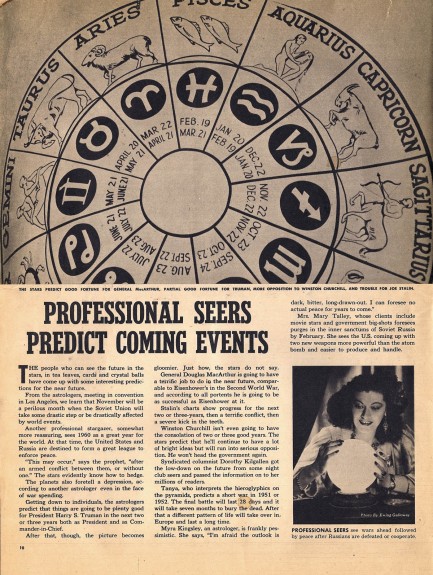 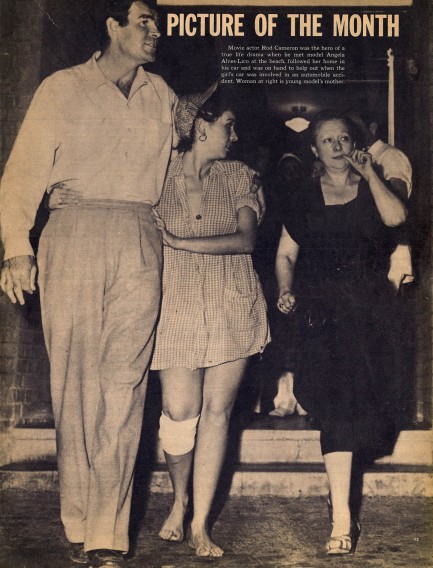 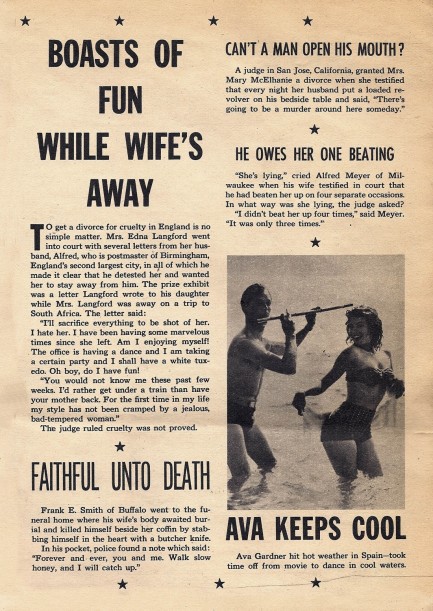 was following in his car, when she had an auto accident. Our first thought, because they’d just met and “following her home” sounds a bit stalkerish to us, is that maybe she crashed because she was trying to get away from him. But perhaps not—Cameron and Alves-Lico soon married each other. was following in his car, when she had an auto accident. Our first thought, because they’d just met and “following her home” sounds a bit stalkerish to us, is that maybe she crashed because she was trying to get away from him. But perhaps not—Cameron and Alves-Lico soon married each other. Later on you get an investigative report from inside Major League Baseball. What’s being investigated? Whether baseball is still prejudiced against Negroes. Short answer—yes. The reason Final was asking was because Jackie Robinson, Larry Doby and others had been playing in the Majors for a few years, prompting certain elements of the punditry to pronounce prejudice in baseball beaten. Of course that was ludicrous to even suggest, and Final’s report singles out the Philadelphia Phillies, St. Louis Cardinals, Cincinnati Reds, and Chicago Cubs as clubs that would not under any circumstances employ a black baseballer. Of those, the Phillies held out longest, employing their first African American baseball player a full ten years after Jackie Robinson had arrived with the Brooklyn Dodgers. Probably the highlight of the issue, for us at least, is an article asking nineteen prominent ministers if they think the use of a nuclear bomb by the U.S. in Korea could be justified. Of the nineteen, only three unambiguously say it would be wrong. Most of the others echo the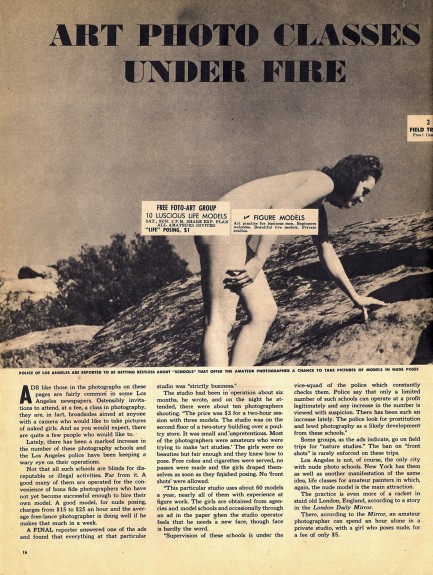 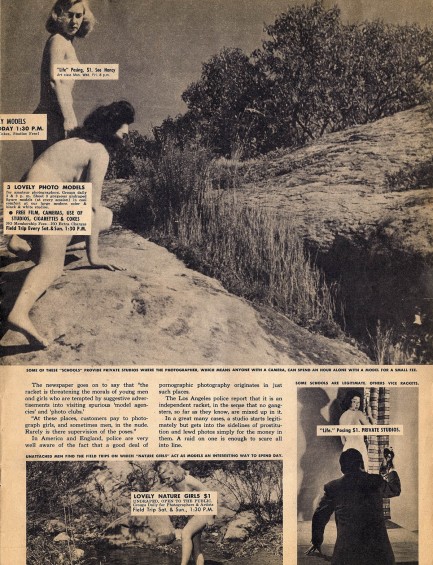  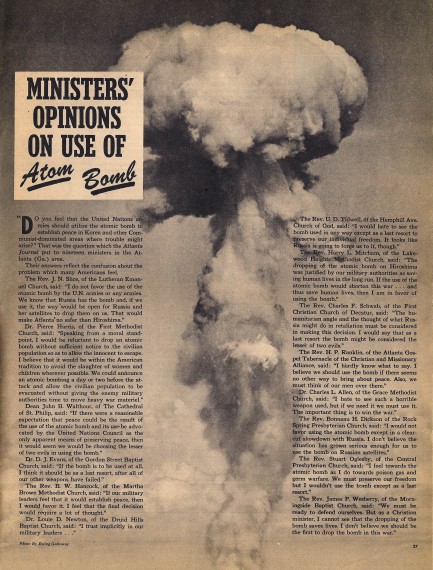 opinion of the compassionate Rev. B. W. Hancock: “If our military feels that it would establish peace, then I would favor it.” Truly, Hancock must have spent a lot of time with his cock in his han to come up with that one. It makes us think of the famous Tacitus quote: “Ubi solitudinem faciunt, pacem appellant.” Or, “And where they make a desert, they call it peace.” Yes! Three years of high school Latin and we finally worked that shit into a post. Nice! Anyway, for various reasons, the U.S. never nuked Korea, so we hope the ministers weren’t too disappointed. opinion of the compassionate Rev. B. W. Hancock: “If our military feels that it would establish peace, then I would favor it.” Truly, Hancock must have spent a lot of time with his cock in his han to come up with that one. It makes us think of the famous Tacitus quote: “Ubi solitudinem faciunt, pacem appellant.” Or, “And where they make a desert, they call it peace.” Yes! Three years of high school Latin and we finally worked that shit into a post. Nice! Anyway, for various reasons, the U.S. never nuked Korea, so we hope the ministers weren’t too disappointed. Elsewhere in Final you get Australian nudists, Parisian white slavers, professional seers, forced sterilization, Ava Gardner in the Mediterranean, Patrice Wymore and more. We don’t know if we’ll ever run across another issue of Final, but we will certainly be looking. And in the meantime this one will go back in its plastic and—who knows?—with a little luck, it might survive another sixty years. More scans below.
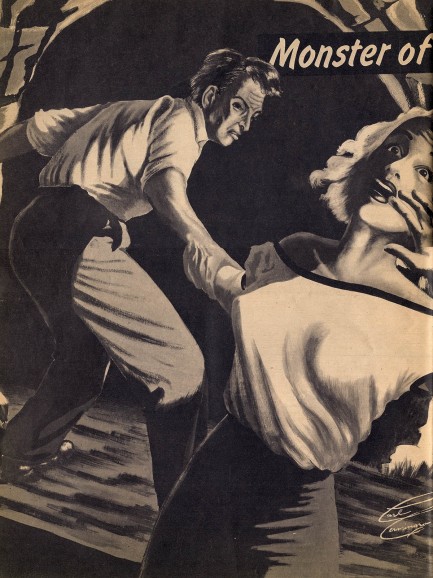 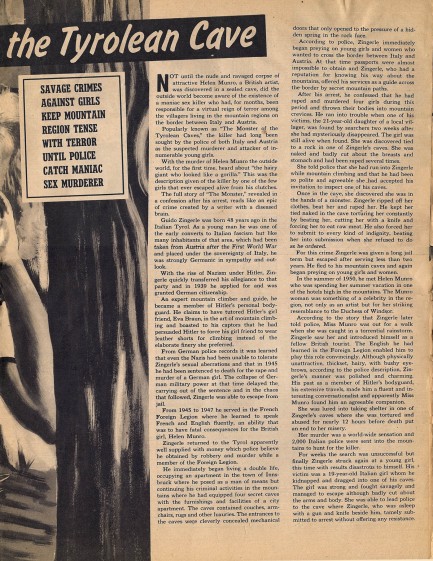 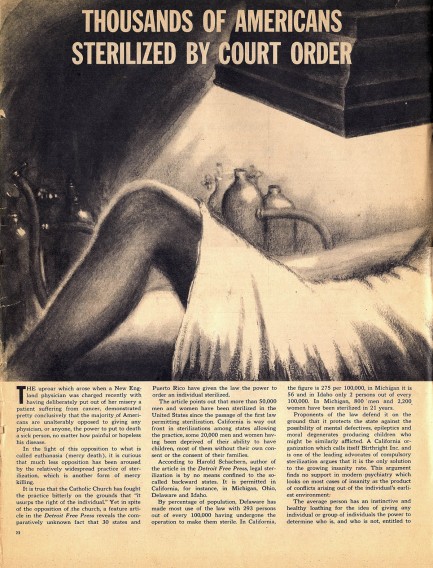 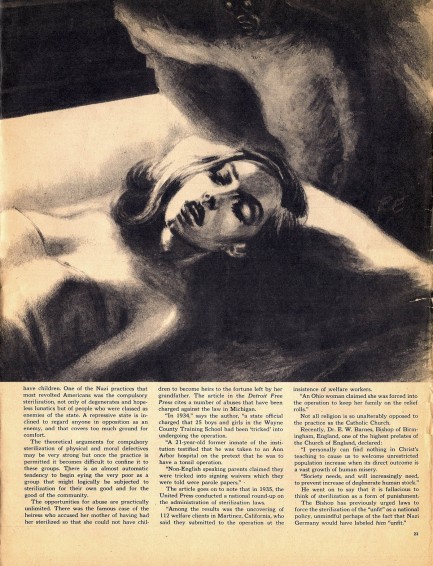 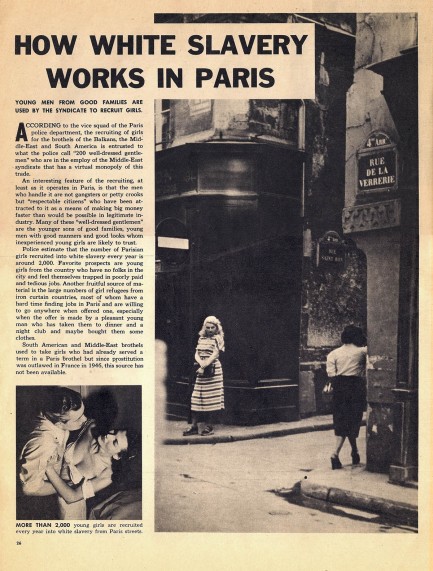 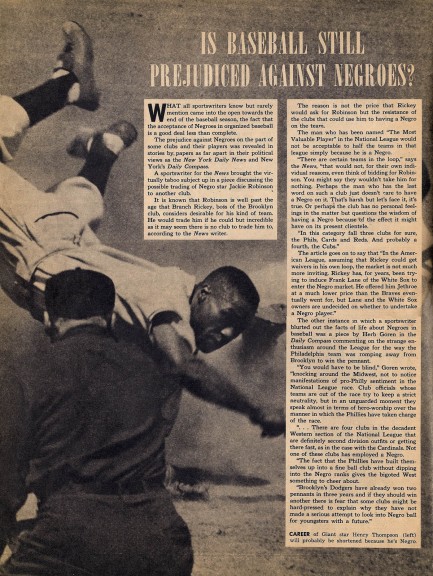 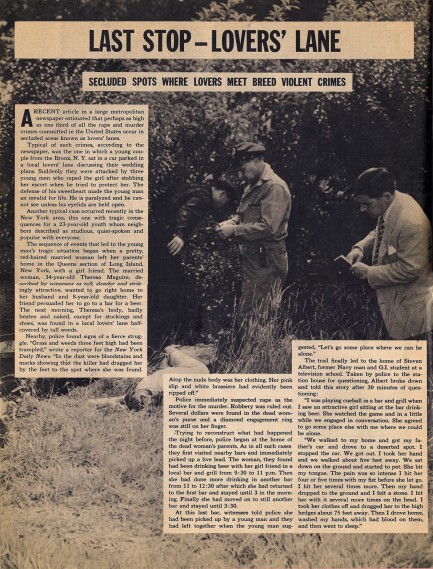 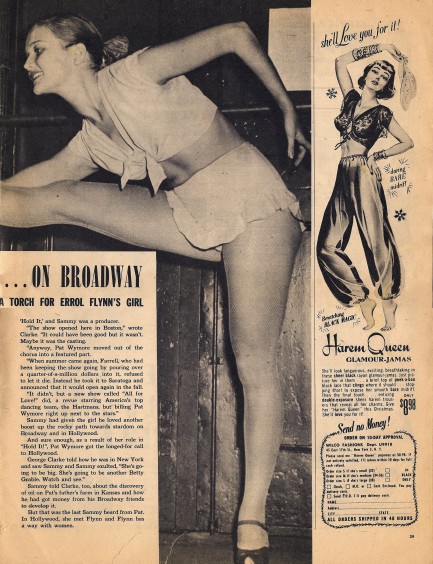 
Update: Pamela writes in and says, "The best part about that Rod Cameron/Angela Alves-Lico story is that after ten years of marriage, Cameron divorced her. And married her mother. Yep...the woman on the right in that photo.
|
 |

The headlines that mattered yesteryear.
1986—Otto Preminger Dies
Austro–Hungarian film director Otto Preminger, who directed such eternal classics as Laura, Anatomy of a Murder, Carmen Jones, The Man with the Golden Arm, and Stalag 17, and for his efforts earned a star on Hollywood's Walk of Fame, dies in New York City, aged 80, from cancer and Alzheimer's disease. 1998—James Earl Ray Dies
The convicted assassin of American civil rights leader Martin Luther King, Jr., petty criminal James Earl Ray, dies in prison of hepatitis aged 70, protesting his innocence as he had for decades. Members of the King family who supported Ray's fight to clear his name believed the U.S. Government had been involved in Dr. King's killing, but with Ray's death such questions became moot. 1912—Pravda Is Founded
The newspaper Pravda, or Truth, known as the voice of the Communist Party of the Soviet Union, begins publication in Saint Petersburg. It is one of the country's leading newspapers until 1991, when it is closed down by decree of then-President Boris Yeltsin. A number of other Pravdas appear afterward, including an internet site and a tabloid. 1983—Hitler's Diaries Found
The German magazine Der Stern claims that Adolf Hitler's diaries had been found in wreckage in East Germany. The magazine had paid 10 million German marks for the sixty small books, plus a volume about Rudolf Hess's flight to the United Kingdom, covering the period from 1932 to 1945. But the diaries are subsequently revealed to be fakes written by Konrad Kujau, a notorious Stuttgart forger. Both he and Stern journalist Gerd Heidemann go to trial in 1985 and are each sentenced to 42 months in prison. 1918—The Red Baron Is Shot Down
German WWI fighter ace Manfred von Richthofen, better known as The Red Baron, sustains a fatal wound while flying over Vaux sur Somme in France. Von Richthofen, shot through the heart, manages a hasty emergency landing before dying in the cockpit of his plane. His last word, according to one witness, is "Kaputt." The Red Baron was the most successful flying ace during the war, having shot down at least 80 enemy airplanes. 1964—Satellite Spreads Radioactivity
An American-made Transit satellite, which had been designed to track submarines, fails to reach orbit after launch and disperses its highly radioactive two pound plutonium power source over a wide area as it breaks up re-entering the atmosphere.
|

|
|

It's easy. We have an uploader that makes it a snap. Use it to submit your art, text, header, and subhead. Your post can be funny, serious, or anything in between, as long as it's vintage pulp. You'll get a byline and experience the fleeting pride of free authorship. We'll edit your post for typos, but the rest is up to you. Click here to give us your best shot.

|
|






















































































 was following in his car, when she had an auto accident. Our first thought, because they’d just met and “following her home” sounds a bit stalkerish to us, is that maybe she crashed because she was trying to get away from him. But perhaps not—Cameron and Alves-Lico soon married each other.
was following in his car, when she had an auto accident. Our first thought, because they’d just met and “following her home” sounds a bit stalkerish to us, is that maybe she crashed because she was trying to get away from him. But perhaps not—Cameron and Alves-Lico soon married each other.


 opinion of the compassionate Rev. B. W. Hancock: “If our military feels that it would establish peace, then I would favor it.” Truly, Hancock must have spent a lot of time with his cock in his han to come up with that one. It makes us think of the famous Tacitus quote: “Ubi solitudinem faciunt, pacem appellant.” Or, “And where they make a desert, they call it peace.” Yes! Three years of high school Latin and we finally worked that shit into a post. Nice! Anyway, for various reasons, the U.S. never nuked Korea, so we hope the ministers weren’t too disappointed.
opinion of the compassionate Rev. B. W. Hancock: “If our military feels that it would establish peace, then I would favor it.” Truly, Hancock must have spent a lot of time with his cock in his han to come up with that one. It makes us think of the famous Tacitus quote: “Ubi solitudinem faciunt, pacem appellant.” Or, “And where they make a desert, they call it peace.” Yes! Three years of high school Latin and we finally worked that shit into a post. Nice! Anyway, for various reasons, the U.S. never nuked Korea, so we hope the ministers weren’t too disappointed.









